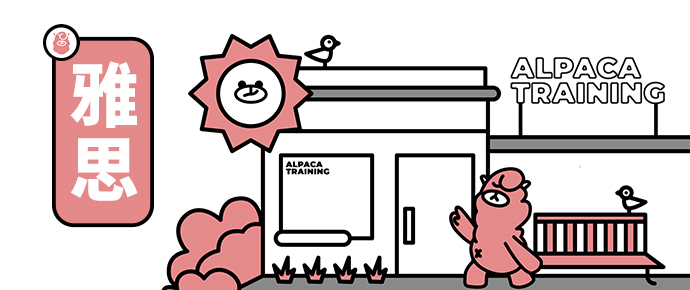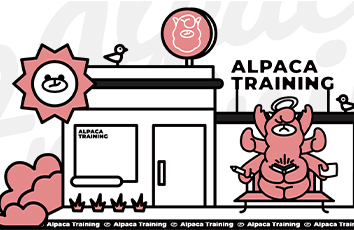在雅思考试中,小作文部分是考生展示自己写作能力的重要环节。掌握丰富的常用词汇和多样的句型结构有助于考生写出逻辑清晰、表达流畅的文章,从而取得理想的分数。

雅思小作文常用词汇和句型
一、数据描述类词汇与句型
对于图表类的小作文(如柱状图、折线图、饼图等),准确描述数据变化趋势是非常关键的。
1. 常用词汇
表示上升的词汇有:increase、rise、grow、go up、climb、boost等。例如,“The number of tourists visiting this city increased significantly.”如果要强调增长速度,可以用rapidly、steadily、sharply等词修饰。“The sales grew sharply in the last quarter.”
表示下降则有:decrease、drop、decline、fall、reduce、dip等。像“The rate of unemployment fell from 8% to 5% over the past five years.”
2. 句型
“From … to … , the figure for … changed from … to … .”例如“From 2010 to 2020, the figure for car ownership changed from 1 million to 2 million.”
“There was a(n) … (形容词)change in … between … and … .”例如“There was a significant change in population between 1990 and 2000.”
二、比较对比类词汇与句型
很多图表会涉及到不同对象之间的比较。
1. 常用词汇
用于比较的词汇如more than、less than、higher than、lower than、equal to等。例如,“The proportion of male students is higher than that of female students in this university.”
2. 句型
“Compared with A, B … (更……).”例如“Compared with rural areas, cities have more job opportunities.”
“In contrast to … , … .”例如“In contrast to traditional methods, modern technology can improve efficiency greatly.”
三、比例关系类词汇与句型
1. 常用词汇
percentage、proportion、ratio等。例如,“The percentage of people who prefer online shopping has been increasing steadily.”
2. 句型
“A accounts for … % of B.”例如“Public transportation accounts for 60% of all travel modes in this city.”
四、总结概括类词汇与句型
1. 常用词汇
overall、in general、to sum up等。
2. 句型
“To summarize, … .”例如“To summarize, the data shows a positive trend in economic development.”
“In conclusion, … .”例如“In conclusion, despite some fluctuations, the situation is generally stable.”
总之,在雅思小作文备考过程中,积累这些常用词汇和句型,并通过大量练习熟练运用它们,对提高小作文的写作水平有着至关重要的作用。考生应注重词汇的精准使用,句型的多样化构建,以确保文章内容丰富且逻辑严密。




